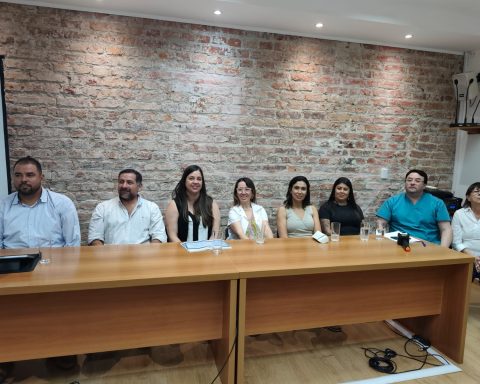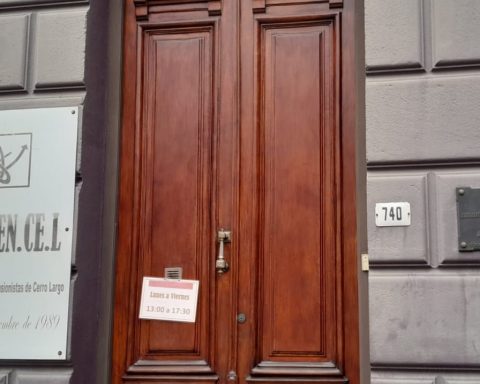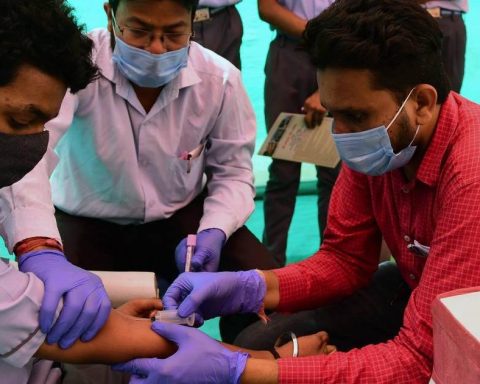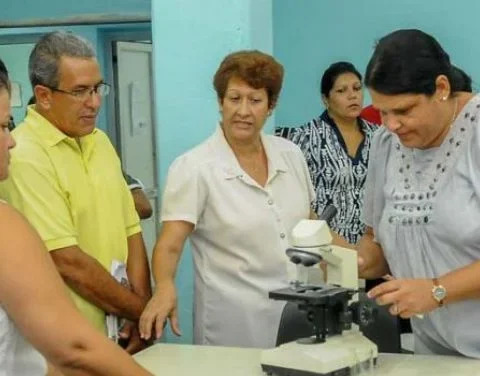For many years the rate of bottled supergas In uruguay it was heavily subsidized, and it was offered at the same price for all public and for all uses. That subsidy weighed on the accounts of Ancap, to the extent that the final price did not match the increase in the cost of this energy, which is largely imported and depends on the international price of oil.
targeted subsidy
In the last year, the Executive Power took some measures that aim to Focus the subsidy on the low-income population that uses this product for cooking and heating.
Currently, lower-income households (Mides beneficiaries) They have a 50% discount and pay $476 for a 13 kg jug. That benefit will be available at least until December 31 of this year.
Those households can buy up to two jugs a month at half price and purchase the next one with a benefit of 15%.
In the first five months of the year, the bonus that Ancap is responsible for was around US$ 6 million, with some 500,000 bottles sold.
The targeted subsidy reaches some 84,000 households today and has a potential of 264,000 households that could access this benefit, according to data from Ancap.
ancap
the other subsidy
For him rest of the public –majority of the population- the maximum sale price today is $73.35 per kilo. That is equivalent to a 13 kg carafe costing $953.55 (without shipping).
This value continues to be subsidized and remains below the Import Parity Price (PPI), although the gap has been narrowing. At the end of May, the difference between the PPI and Ancap’s income was $11 per kilo. A year ago, the difference between the PPI and the income received by Ancap was $35 per kg. The cumulative subsidy to date was US$15 million for the year.

ancap
In the past, the authorities had already given some signals in the direction of reduce the subsidy. For example, during 2021 and 2022, differential increases were applied to bottled supergas and bulk supergas. This bulk modality represents approximately 20% of the demand for LPG in Uruguay, and is used in different areas, from hotels, restaurants and hospitals, to the grain industry and poultry, among other large clients. Its price is currently $83 per kg.
















